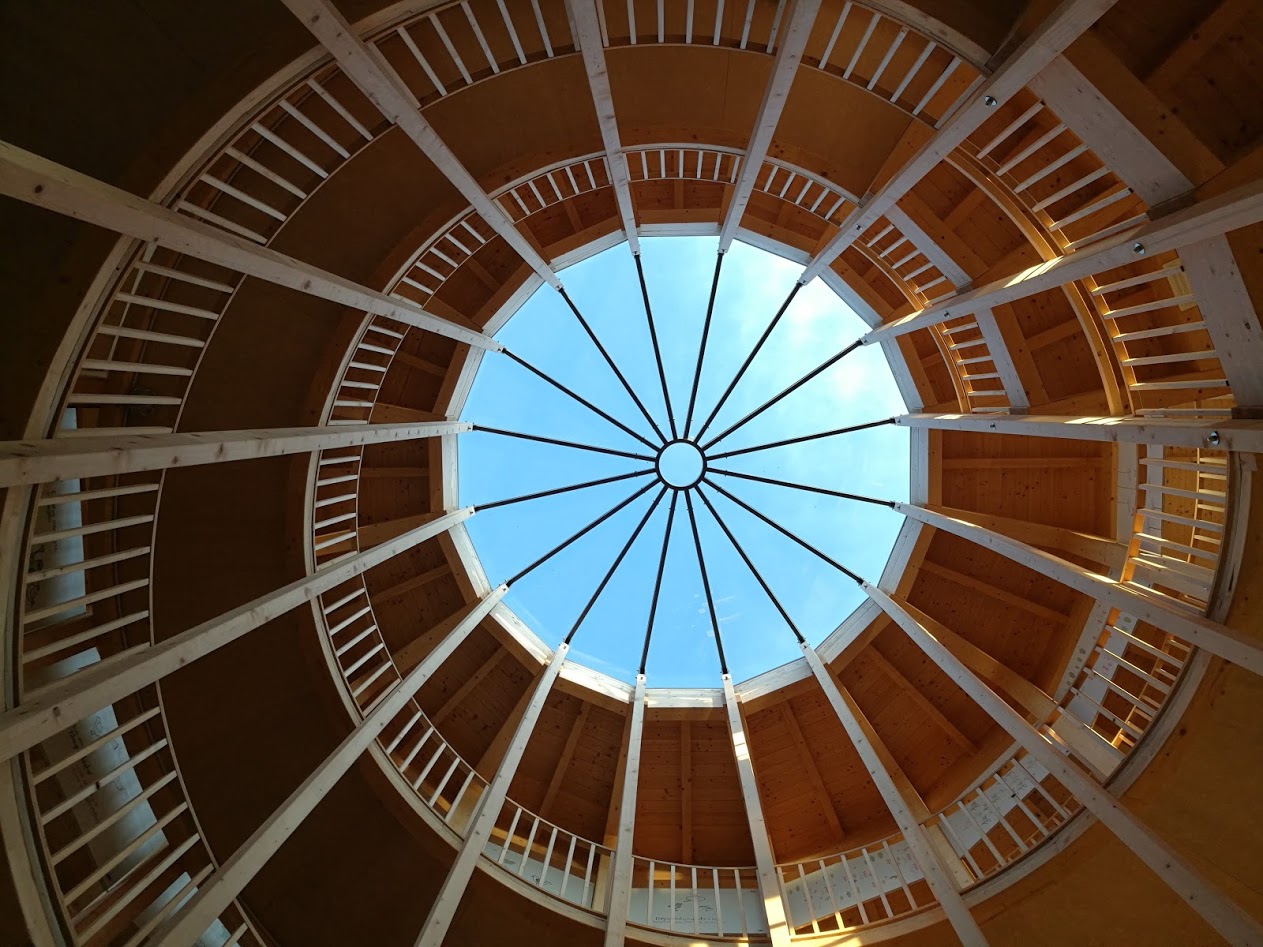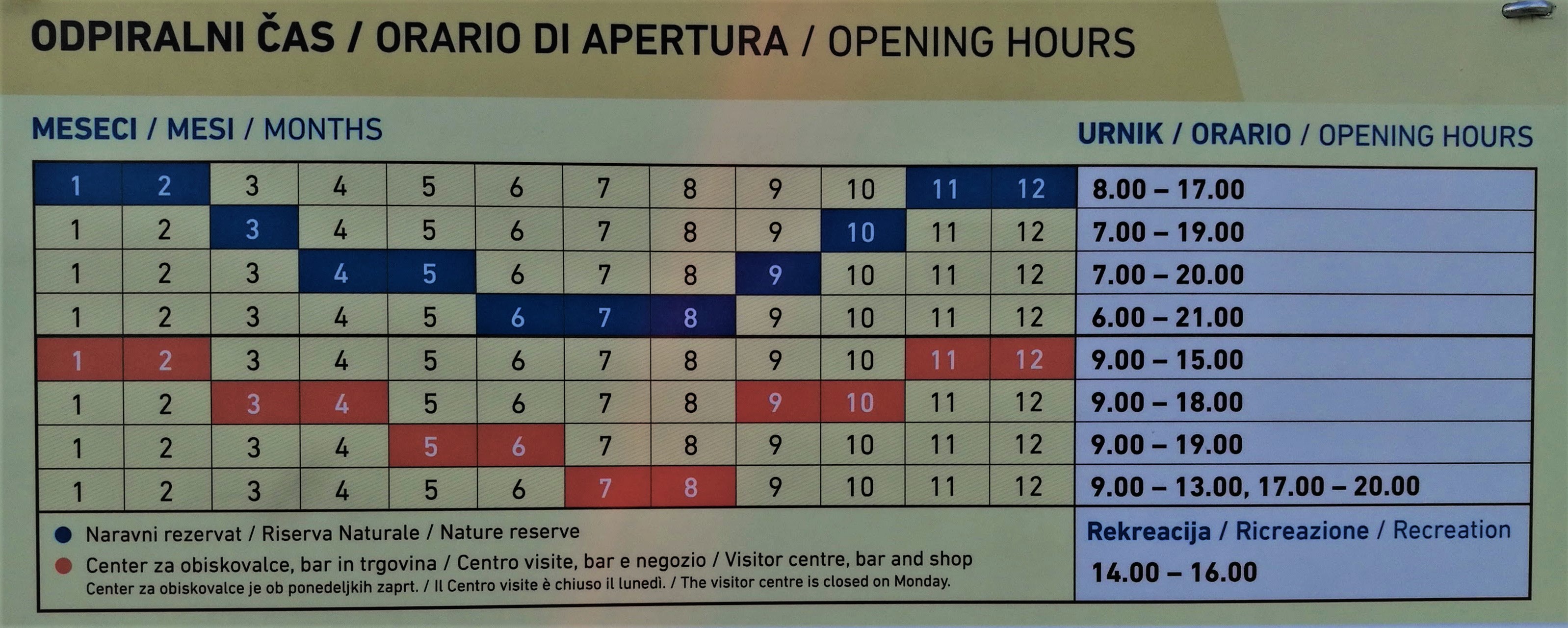POZOR! Zakladek se nahaja na področju naravnega rezervata, kjer moramo biti še bolj spoštljivi do narave in ne preglasni, da ne motimo živali. Zato je še bolj pomembna neopaznost pri iskanju, prosiva pa vas tudi, da pozorno vrnete vse tako kot ste našli in s tem omogočite iskalcem za vami prav tako super izkušnjo, kot jo boste (upava) imeli tudi sami. Aja, ŽIG pustite v zakladku, prosim.
ATENTION! The cache is located in the area of the nature reserve, where we have to be extra respectful towards nature and not too loud, so we do not disturb the animals. Therefore, stealth is really appreciated, moreover, we would like to ask each, to return everything in its place, and give everyone behind you a chance to have as great experience as (we hope) you will have. Oh, and leave the STAMP inside the cache, please.

Škocjanski zatok
Naravni rezervat z imenom Škocjanski zatok je največje polslano močvirje v Sloveniji. Ima izjemen ekološki pomen ter številne živalske, botanične in krajinske lastnosti, ki so neprecenljive vrednosti. Sestavljen je iz dveh delov:
- sladkovodni del rezervata (Bertoška bonifika) z močvirnatimi travniki in večjimi vodnimi površinami, obdano s trstičjem in toploljubnim grmičevjem, ter
- brakična (sladko-slana) laguna s plitvim in blatnim dnom, z gnezditvenimi otočki, polslanimi mlakami in poloji (peščeno obrežje) – pravi raj za ptice in vse vrste slanuš/halofitov (rastlina, ki prenaša ali celo potrebuje sol za obstoj).
Na 122 hektarjih lahko najdemo 36 % vseh vrst sesalcev v Sloveniji, 41 % vseh vrst dvoživk in kar 60 % vseh zabeleženih vrst ptic. Zatok je izjemnega pomena tudi kot mednarodno postajališče pri selitvah ptic, poleg tega pa je tudi primerna lokacija za ptičje zimovanje, hranjenje in valjenje, saj pozimi ne zamrzne. Kar 245 različnih vrst ptic v rezervatu delijo na: gnezdilke, zimski, preletni, celoletni ter izjemni gosti.
V sladkovodnem delu rezervata pa lahko opazimo še eno zelo pomembno živalsko vrsto – boškarine. Istrsko ali podolsko govedo je bilo včasih zelo razširjeno, nato pa je zaradi kmetijske mehanizacije izumrlo. Preko večletnega dela in truda so uspeli boškarine naseliti nazaj na ozemlje slovenske Istre, vendar jih še vedno najdemo le v rezervatih in zelo redki kmetiji. V Škocjanskem zatoku štirje boškarini s pašo pomagajo vzdrževati vegetacijsko ravnovesje, pri tem jim pomagajo tudi kamarški konji. To je še ena zelo stara pasma, ki sicer živi prosto v naravi v močvirjih na izlivu reke Rone v Franciji. Podobno kot lipicanci se skotijo črne ali temno sive barve, ko odrastejo pa postanejo beli.
Nastanek zaliva in kasneje zatoka je neposredno vezan na razvoj Kopra – ta je bil v času Rimljanov samostojen otok, Škocjanski zatok pa zaliv, ki ga je obdajal. V 13.stol. so na južni strani naredili preproste soline, ki so se nato razširile tudi na vzhodni del otoka in dobro uspevale vse do zatona Beneške republike. Zatem so soline začele propadati, prepuščene so bile vremenskim vplivom, po letu 1930 pa so površine osušili ter zasuli in Koper je postal dokončno povezan s kopnim. Po izgradnji pristanišča v 2. polovici 20. stol. pa je Koper dobil dokončno podobo kot jo poznamo danes. Le Škocjanski zatok je ostal poslednja živa priča, da je bil Koper nekoč res otok.
-----*****------*****-----*****------*****-----*****------*****-----*****------*****-----*****------*****-----
Škocjanski zatok
The nature reserve of Škocjan inlet is the biggest brackish wetland in Slovenia. It has an extraordinary ecological meaning, as well as immense animal, botanic and landscaping value. It consists of two parts:
- a freshwater part with wet meadows, open water areas, surrounded with reedbeds and thermophile shrubs, and
- brackish (mixing salty and fresh water) lagoon with shallow and muddy bottom, with breeding islets, saltmarshes and mudflats – a real paradise for birds and variety of halophytic plants (ones that tolerate or even need salt for their existence.
On 122 hectares one can find 36 % of all Slovene mammal species, 41 % of amphibians and 60 % of all documented species of birds. The reserve is of big importance even as a mid-area for bird’s migration, moreover, it is the best location for wintering, feeding and breeding, since it does not freeze during winter. Ornithologists have recorded 245 bird species and have classified them into: Breeding, wintering, migratory, stationary species and vagrants.
In freshwater part of the reserve, one can spot another very important animal species – old Istrian cattle. They were very common back in the days, until they were replaced by the modern mechanization and therefor extinct. After years of efforts, they managed to get the Istrian cattle back to Slovenian Istria, but they can still be found only in reserves and very few farms. In Škocjanski zatok 4 adult boškarini (as they are called in this area) help to maintain vegetation balance, with the help of Camargue horses. They represent another old breed that otherwise lives freely in the wild in the marshes at the mouth of the river Rhone in France. Similar to Lipizzaner horses, they are born black or dark grey and turn white when they grow up.
The formation of the bay, later an inlet, is connected with urbanistic development of the City of Koper – which used to be an island in Roman days. In 13th century simple saltpans were made on the South side of the island. Later they expanded to the East and made good profit up until the decline of the Venice Republic. Afterwards the saltpans have fallen into decay, they were left to the influence of the weather conditions and after 1930 all the area was drained and filled with soil – and Koper island became connected to the mainland. After the formation of the port in the second half of 20th century, Koper has gotten his form as we know today. And the only living witness, proving that Koper used to be an island, is the inlet of Škocjanski zatok.

Preden stopiš na to popotovanje, si oglej zemljevid na podanih koordinatah, kjer boš tudi pustil svoje prevozno sredstvo ... tako boš bolje vedel kje te kaj čaka. Pot ni dolga, vendar je polna doživetij, zato se lahko kaj hitro zadržiš dlje časa. Oglej si urnik, saj je zadnji vstop v rezervat pol ure pred zaprtjem. Sedaj pa pot pod noge do opazovalnice št. 5, kjer te čakajo nadaljnja navodila.
Before you embark on this journey, take a look at the map at given coordinates, where you will also leave your vehicle ... this way, you will know where something will be waiting. The walk is not long, but it is filled with adventures, so one can spend a lot of time discovering the nature. Take a good look at the timetable, last entry is half an hour before closing time. Now, start your journey towards the observatory #5, where further instructions are waiting.